Data-Driven Agency Series, Chapter 1: Best KPIs for Marketing Agencies

Published 2025-12-09
Summary - The marketing industry is fast paced and increasingly competitive space. Discover the top 10 marketing agency KPIs to measure your success.
Think of your marketing agency strategy like riding a bike. You need speed and direction. KPIs give you both. Without clear measures and a driver, progress stalls.
Navigating the marketing agency landscape
The marketing industry is a fast-paced, increasingly competitive space, with today’s top marketing agencies evolving before their clients do. That takes agility and early adoption of new approaches.
Want a window into how high-performing agencies operate? Look at the KPIs they track. KPIs show performance against benchmarks and point to strategic results.
Klipfolio’s Director of Marketing, Jon Milne, gathered KPI ideas from a wide range of agency leaders. Here are ten that stand out. A live dashboard in Klipfolio Klips makes each one easy to monitor and report.
Top 10 marketing agency KPIs
- Wins by lead source
- Sales closing ratio
- Cost per Acquisition (CPA)
- Social media engagement
- Keyword rankings
- Traffic-to-lead ratio
- Goal completion rate
- Customer lifetime value (LTV)
- Return on investment (ROI)
- Conversions
Wins by lead source

Sales closing ratio

Cost per acquisition
.png)
Social media engagement
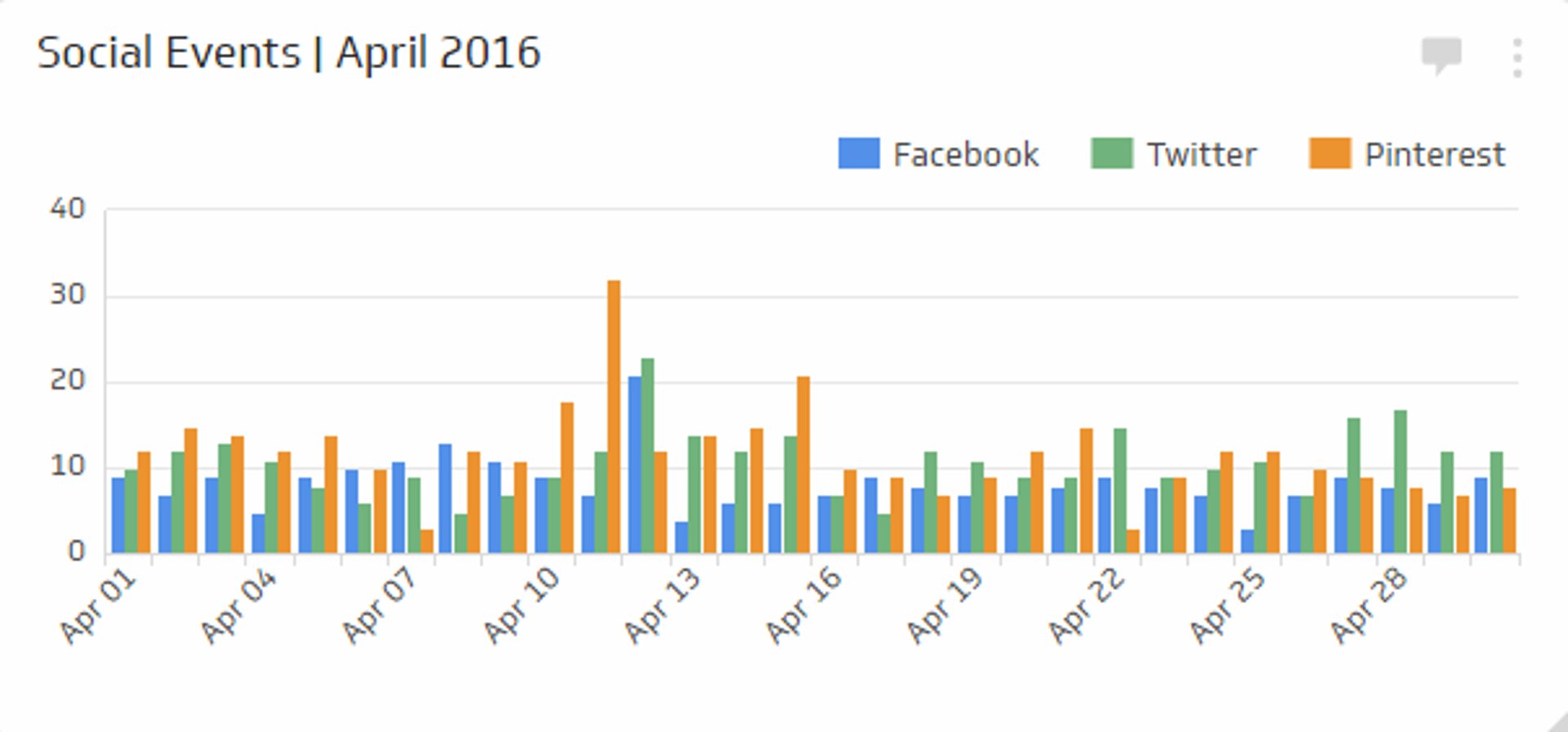
Keyword rankings
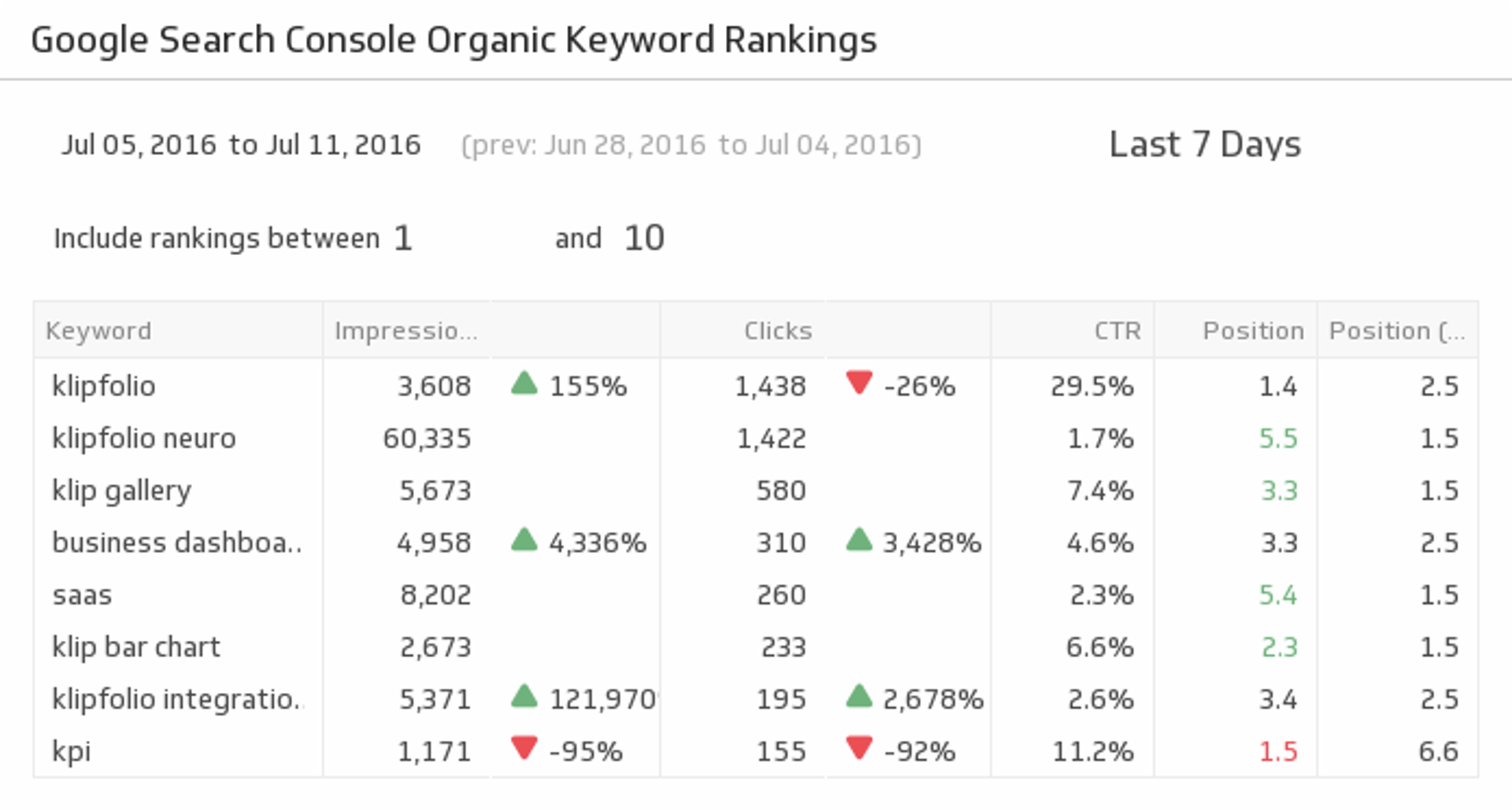
Traffic-to-lead ratio

Goal completion rate
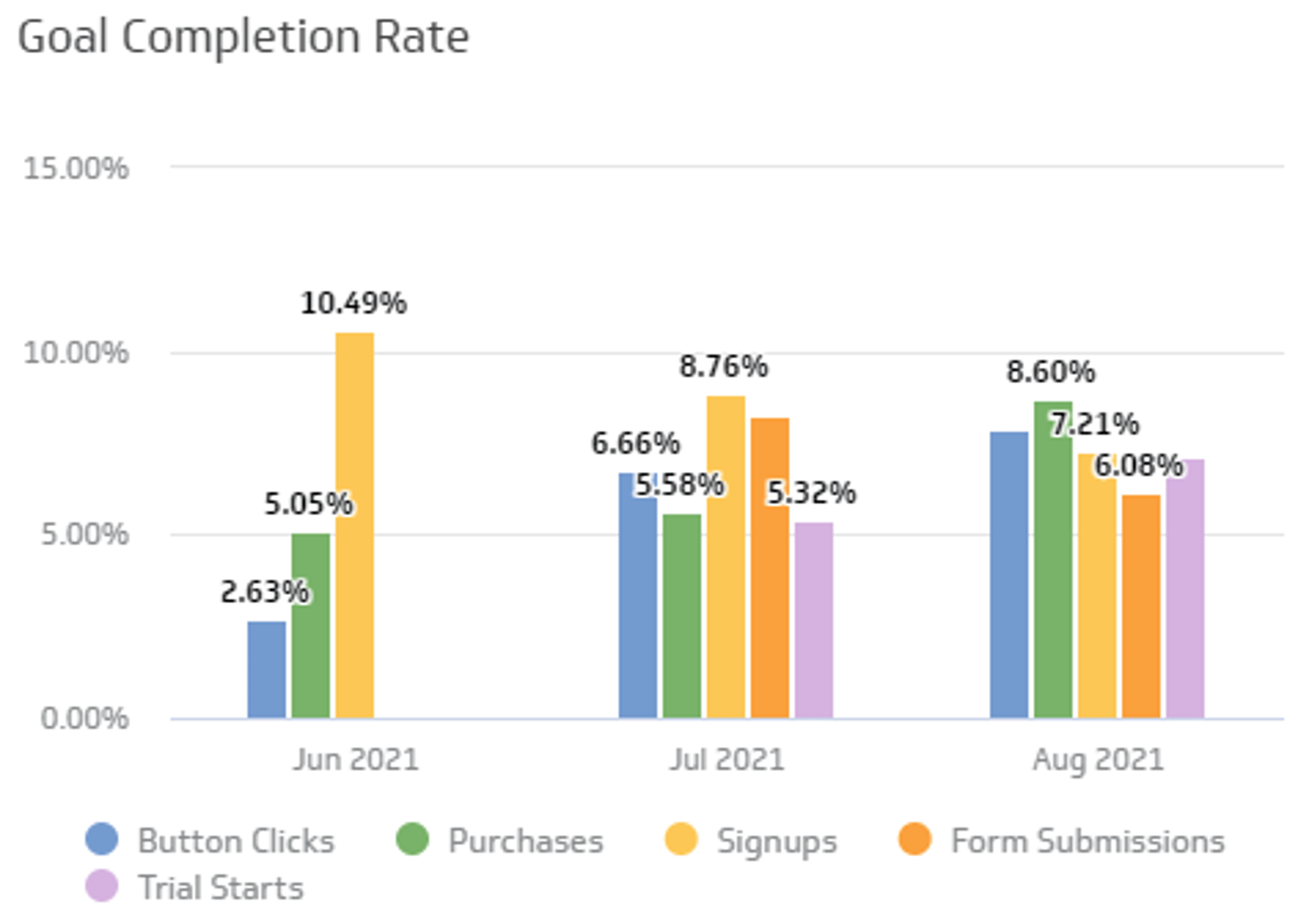
Customer lifetime value
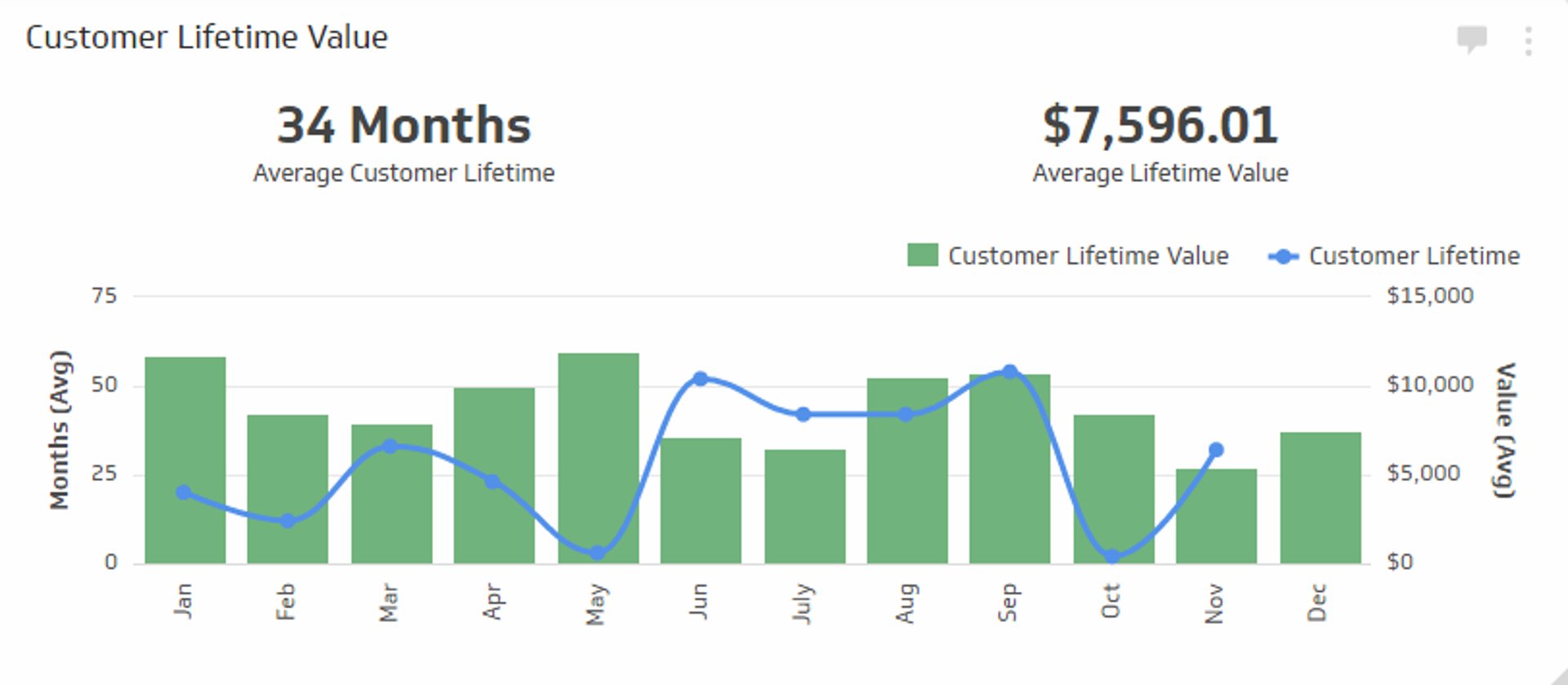_0.png)
Return on investment
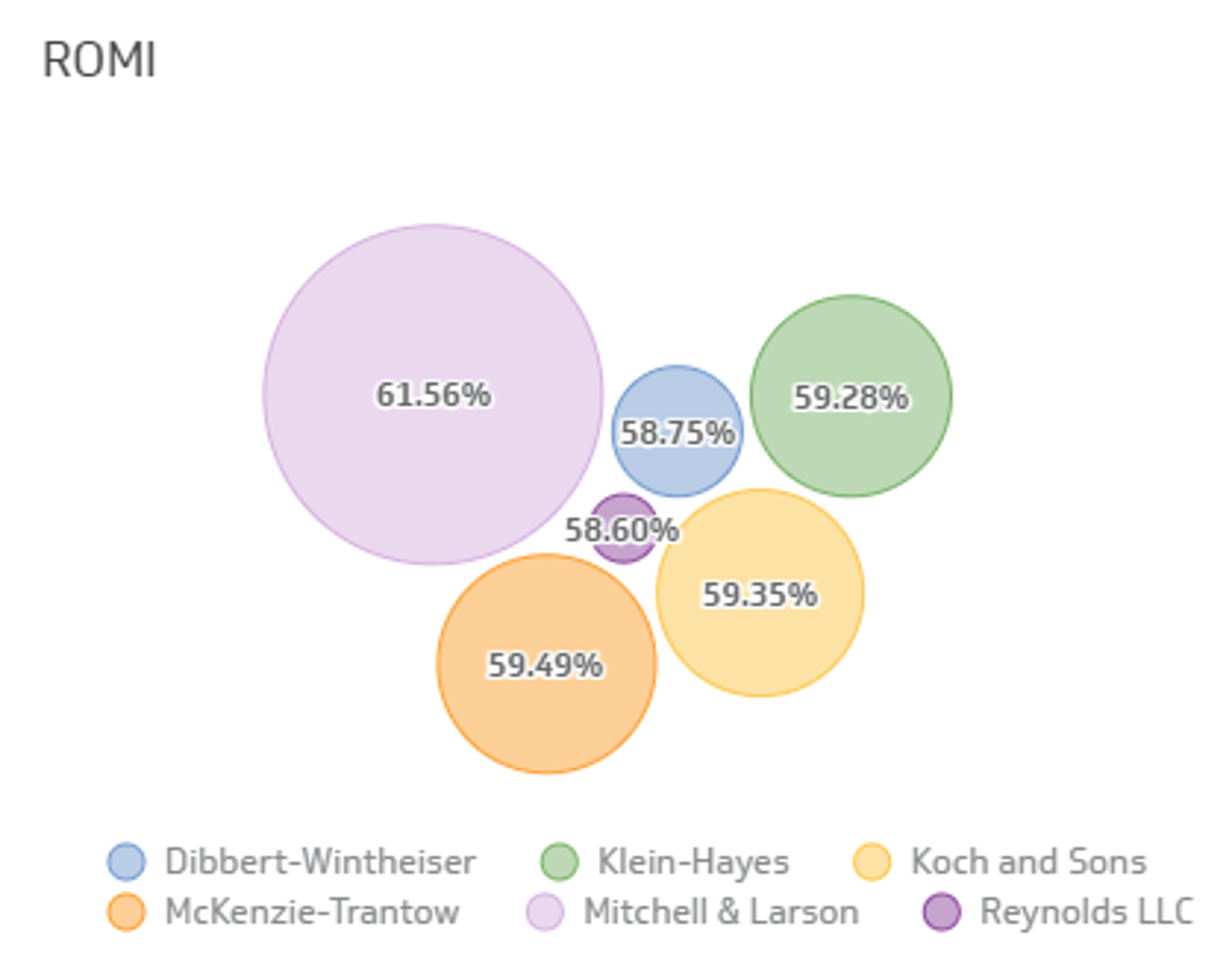
Conversions
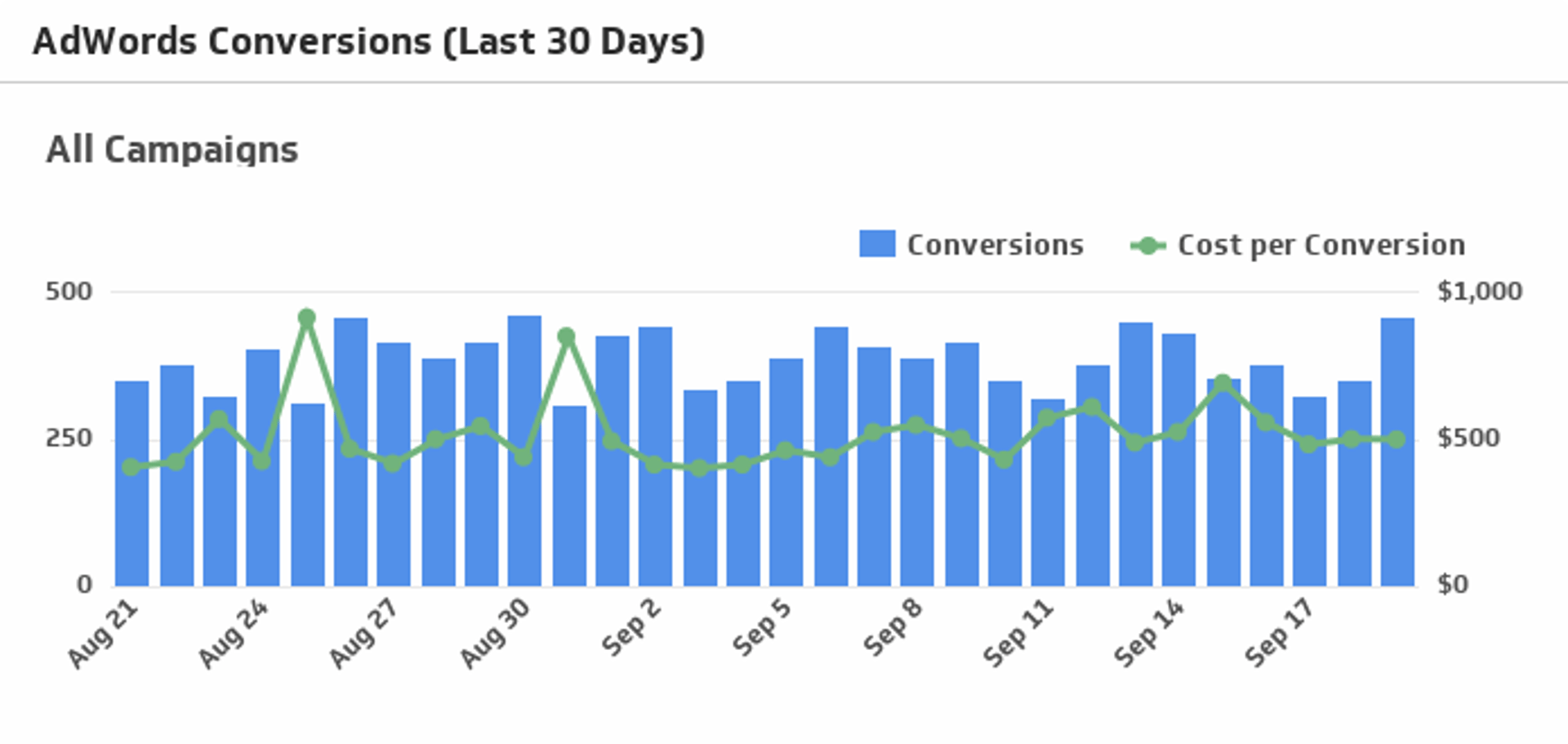
Looking for more? Check out Jon’s blog to dive deeper into these top 10 KPIs as well as ideas from agency CEOs and other marketing professionals.
How to choose the right KPIs
- Determine your most important KPIs
- Set customer?centred targets
- Align sales targets from the inside out
- Nail down the details
Need help mapping this out? Download the KPI planner to get started.
Start by determining your most important KPIs
Start with a clear understanding of organizational objectives from the top down and a plan to reach them. Go beyond the immediate team. Company?wide input gives a fuller view of the work.
To keep focus, pick one or two primary KPIs, supported by secondary KPIs and team KPIs.
Ask yourself:
- What are you and your team trying to achieve?
- Why does this objective matter?
- How will you know you’ve achieved it?
- How will you measure progress?
Customer?centred KPI targets
With your top KPIs in mind, determine what drives customer behaviour and how it relates to the measures you’ve set.
Customer actions drive results. For revenue growth, ask where it will come from: higher sales volume, a larger customer base, or both. Set sales KPIs that connect to specific customer actions.
Sales KPI targets from the inside out
Once you understand targets from the customer perspective, set internal targets that support them. Align inside?out and outside?in targets. If the customer?focused goal is to increase sales volume, an internal target might be to adjust pricing or streamline the purchase path.
Ask yourself: What impact will this KPI have on customers? How will internal actions move this KPI? Both answers should point to the same outcome.
Nail down the details
Tie each KPI to a specific business outcome. KPIs should fit your situation and help you reach goals. Use SMART to test each one:
- Is your objective Specific?
- Can you Measure progress toward that goal?
- Is the goal realistically Attainable?
- How Relevant is the goal to your organization?
- What is the Time frame for achieving this goal?
You can extend SMART to SMARTER by adding evaluate and reevaluate. Regular check?ins keep KPIs useful and current.
Still want guidance? Download the KPI planner to get started.
Continue to Chapter 2: Using data to foster lasting customer relationships
Related Articles

Klipfolio Partner How-To #1: Duplicating dashboards across client accounts
By Stef Reid — November 27th, 2025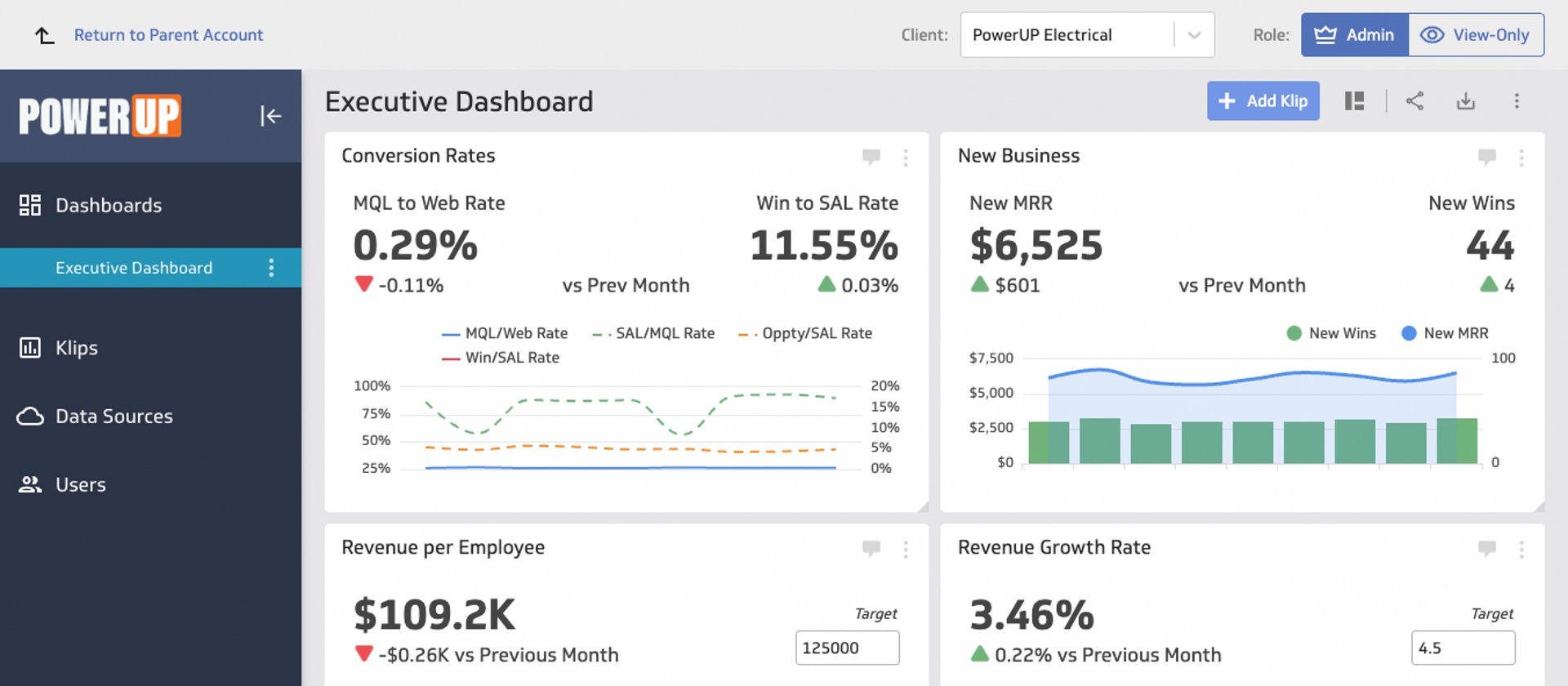
Client management in 5 steps
By Jonathan Taylor — November 26th, 2025
Klipfolio Partner How-To #2: Company Properties can simplify client set-up
By Stef Reid — November 26th, 2025

